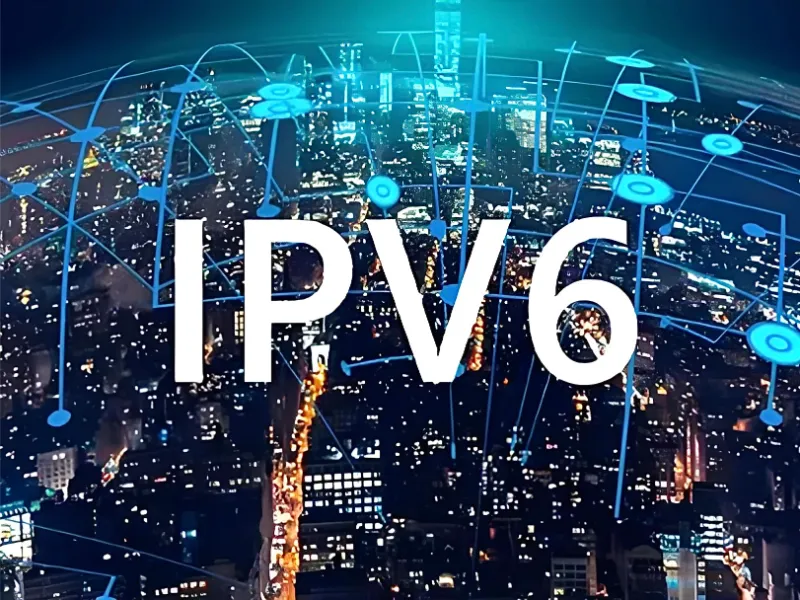- IPv6 has great advantages in address space, automatic address configuration, operation efficiency, and quality of service.
- IPv6 plays an important role in large-scale IP address assignment, 5G mobile networks and multimedia interactions for edge computing, VR and AR applications.
IPv6 provides a number of technical advantages that address the shortcomings of IPv4, with a larger address space, faster running speed, and stronger security. The application scenarios of IPv6 cover a variety of networking and communication needs, providing a sustainable and efficient infrastructure for the modern Internet.
Also read: What is IPv6 and what are its features?
Several advantages of using IPv6 over IPv4
1. Larger address space: IPv6 addresses are 128 bits long and allow approximately 340 non-million unique addresses. This vast address space ensures that every device can have a globally unique IP address, which is essential for the continued growth of IoT and the increasing number of connected devices.
2. Automatic address configuration: IPv6 supports stateless automatic address configuration, simplifying the process of obtaining network addresses without a DHCP server. This is especially useful in dynamic network environments and mobile devices.
3. Higher efficiency: IPv6 header is simpler and more efficient than IPv4 header, which improves packet processing efficiency and reduces network device overhead. This can lead to faster transfer speeds and better overall network performance.
4. Enhanced Security: IPv6 has built-in support for IP Security (IPsec), which authenticates and encrypts IP packets at the network layer. IPsec is optional in IPv4, but is widely implemented in IPv6, enhancing the security of Internet communications.
5. Support for new services and applications: IPv6 supports the deployment of new services and applications that require a large number of unique addresses, such as peer-to-peer networks, mobile devices, and sensor networks. It provides a future-proof foundation for the development of innovative Internet services.
6. Better Quality of Service (QoS) and stream tagging: IPv6 includes stream tagging in the header, which allows for easy identification and priority grouping for QoS purposes. This is especially useful for real-time multimedia applications and services.
Also read: How to get an APNIC IPv6 address?
Also read: RIPE NCC’s controversial IPv6 policy change: Innovation booster or roadblock?
Application scenarios of IPv6
IPv6’s large address space lends itself to large-scale IP address allocation, allowing Internet service providers (ISPs) to assign large numbers of unique, globally routable IP addresses to their customers and corporate networks. IPv6’s stateless address auto-configuration makes it easy for iot devices to join the network, reducing the complexity of configuration management.
IPv6 supports the Mobile IPv6 (MIPv6) protocol, allowing devices to seamlessly switch between different IPv6 networks without changing IP addresses, enabling 5G mobile networks and edge computing, facilitating high-speed and low-latency communication.
IPv6 can provide high bandwidth and low latency data center interconnection, supporting the processing needs of big data analytics and real-time applications. Its high efficiency and performance support real-time multimedia content delivery and interactive experiences for VR and AR applications.

